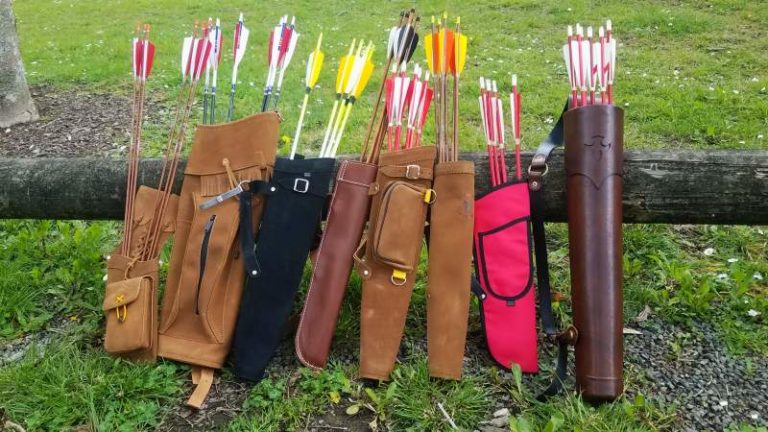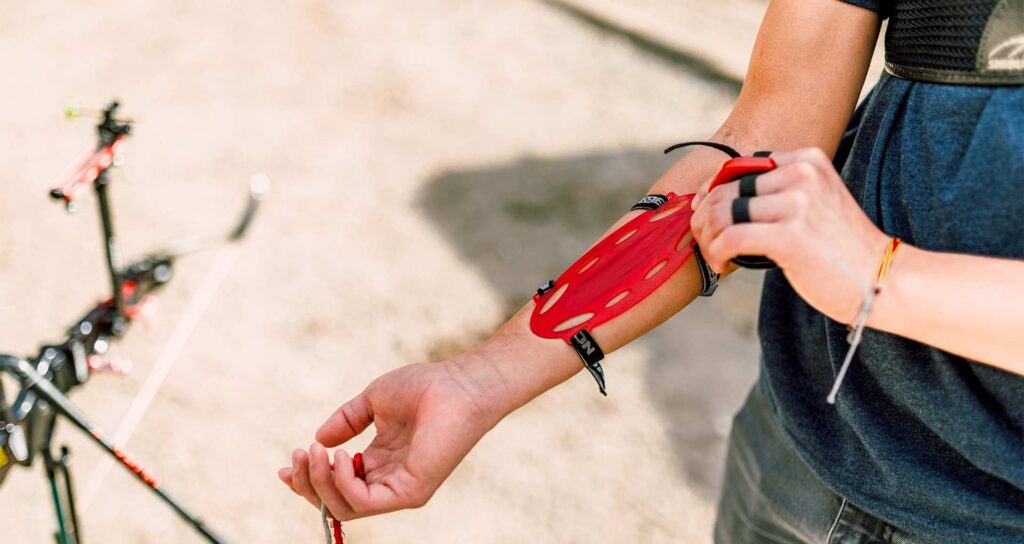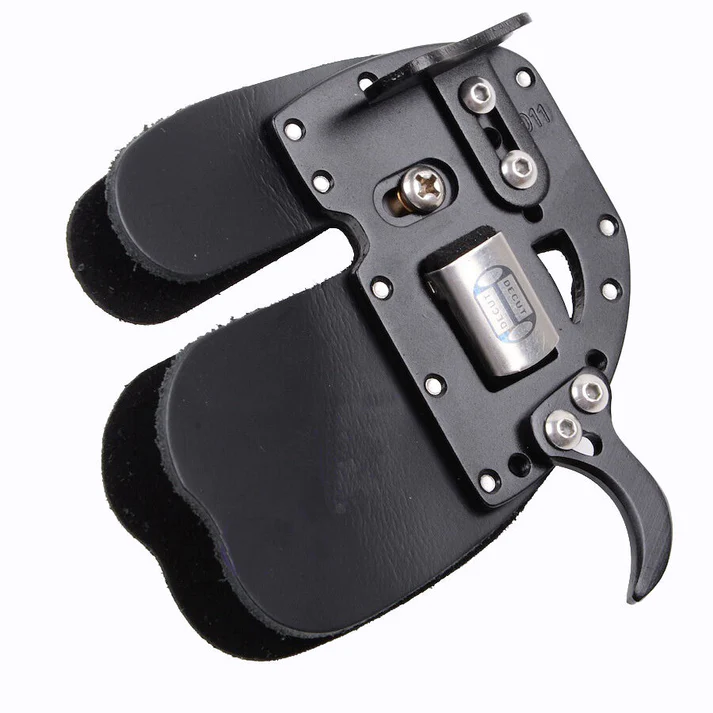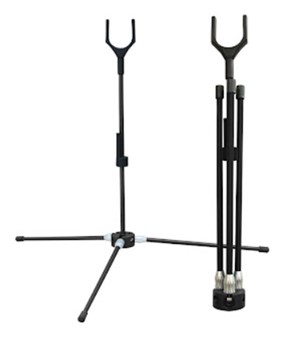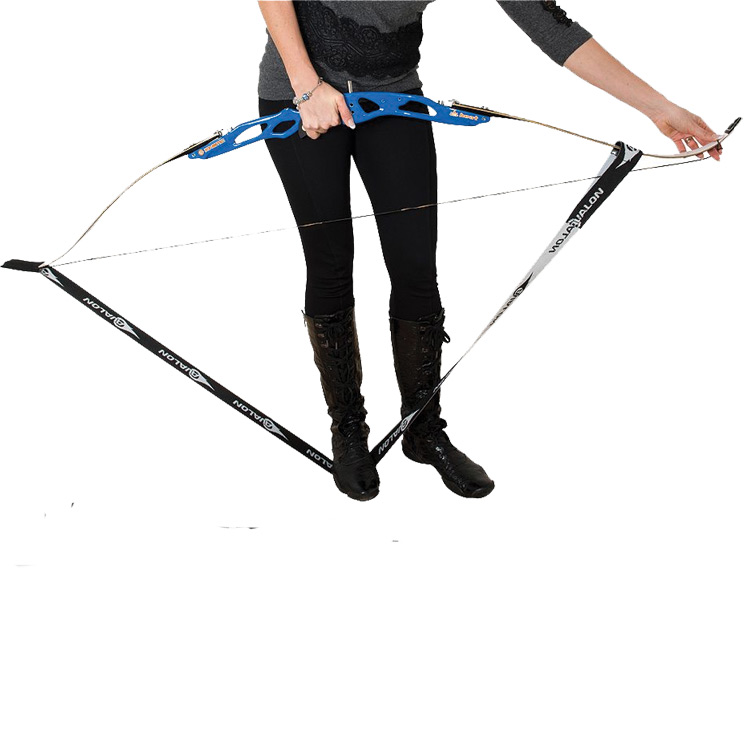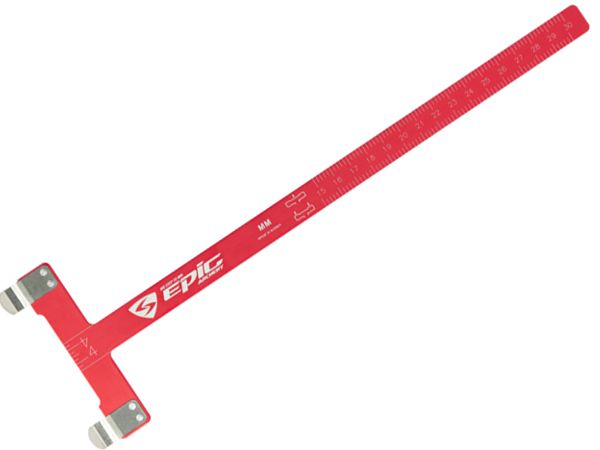Page under construction
When you are ready to buy your own archery kit it can be a bit confusing and difficult to know what you need. We give each of our beginners a list of recommended equipment to help them when they go shopping. We are always happy to talk to you and explain the options to you. This page will give you some basic information on the various pieces of equipment that are generally needed.
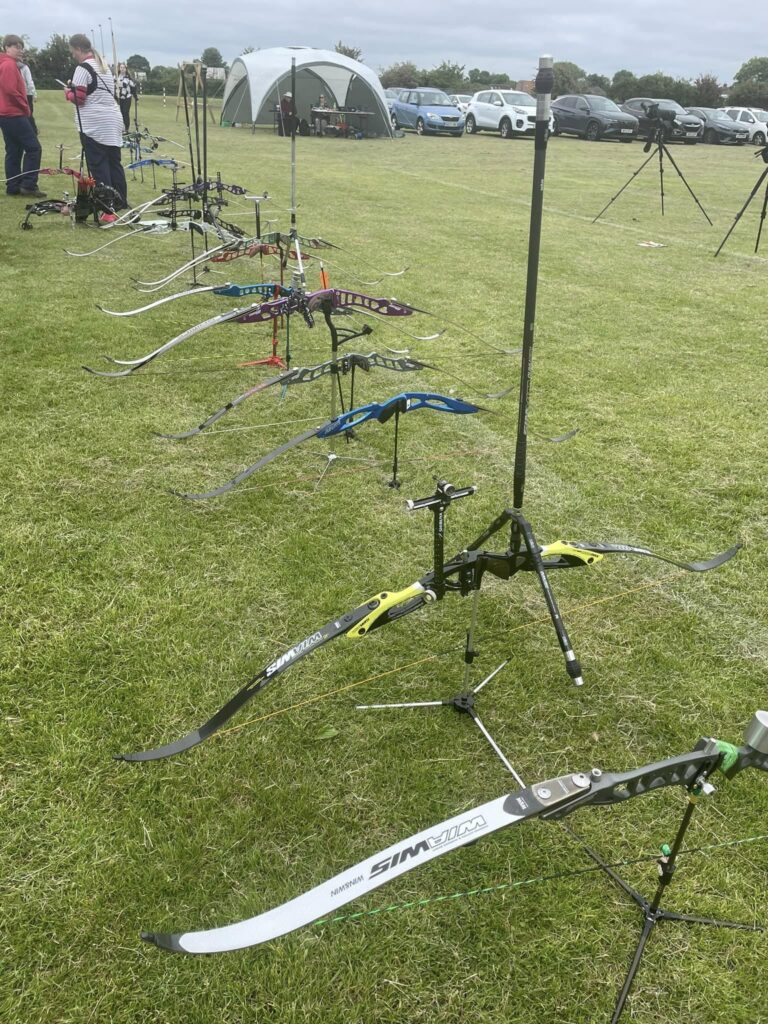
Bow
The most obvious piece of equipment, but there are many options. First you need to consider which bowstyle you would like to shoot. See here for information on the main bowstyles.
A takedown recurve bow is the most common type you will see at clubs and events. This is a very adaptable bow with options to add to and upgrade items, such as limbs and stabilisers. It is used for both Recurve Freestyle and Barebow.
You would start by choosing a riser (the middle section which you hold). If possible pick up and handle the riser you are considering. You want to check how it feels in your hand. Different risers will feel different and have slightly different configuration.
Risers come in different lengths, but most adults use a 25″ riser. Your coach can advise on what would be most suitable for you.
Don’t underestimate the importance of colour and appearance! Choose something that appeals to you. If you like how it looks you will enjoy shooting with it more.
The most popular option for a riser is one with ILF (International Limb Fitting) to give you the most adaptable set up.
The next thing to consider are limbs. These attach to the riser and flex to give the power to propel the arrows forward. For a beginner your coach will recommend a maximum poundage which you should not exceed. You can save some money by buying cheaper, but suitable, limbs as you will outgrow these in time and want to upgrade.
Limbs come in different lengths, depending on your draw length. This may change as you develop your skill and your coach can advise on what length to buy.
You will also need –
– string, matched to the length of your bow
– arrow rest
– pressure button
– sights, if you want to shoot recurve freestyle
For each of these there are many options. Take a little time to look at them and decide which will suit your needs. Don’t be afraid to ask questions.
You may need weights and/or stabilisers. Your coach can advise on these.
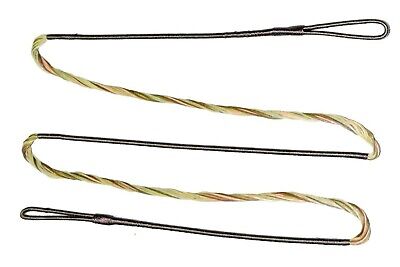
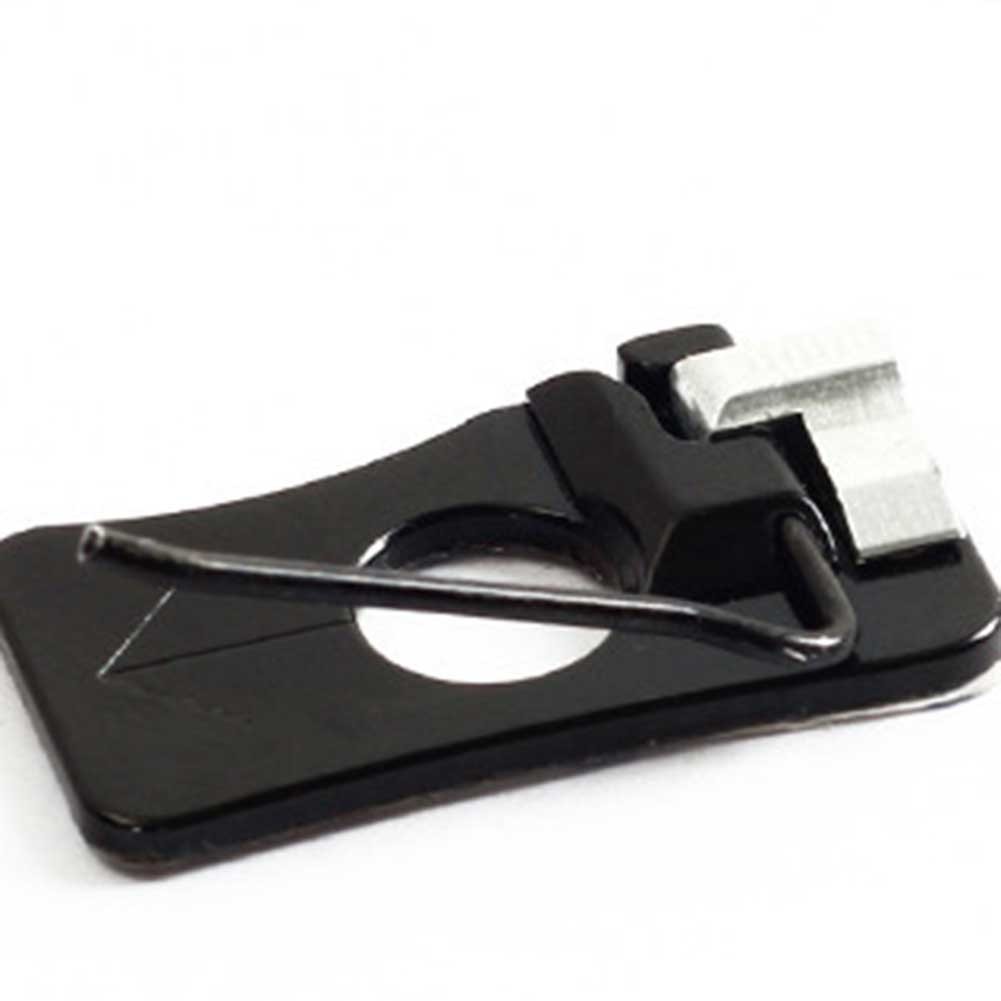
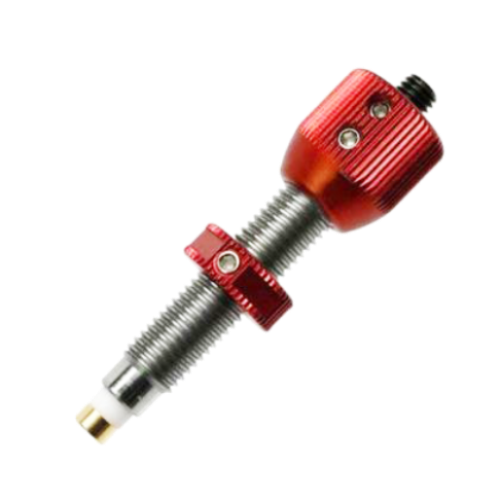
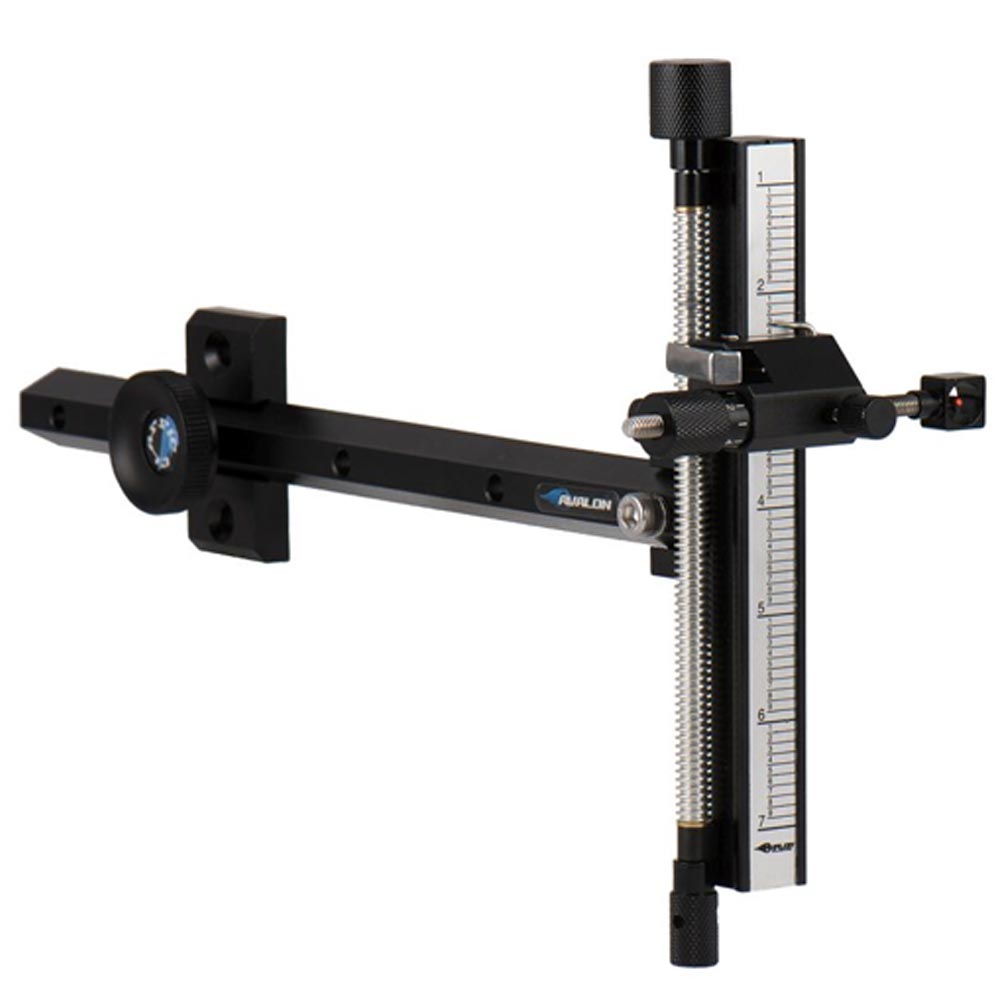
Arrows
Once you have your bow you need arrows to go with it. Arrows are matched to the power, or poundage of the bow measured at your draw length. Arrows that are not matched to the bow will not perform as well as those that are.
Arrows are made from various materials, mainly –
– wood
– aluminium
– carbon
– a mix of aluminium & carbon
– fibreglass
At Riverside, as we shoot on a school field, we are required to account for every arrow & report any missing. Because of the difficulties in finding them, and the dangers of breakages, arrows made wholly of carbon or fibreglass are not permitted and we ask that you buy arrows made of wood (with brass or steel points), carbon/aluminium alloys, or aluminium.
Wooden arrows are generally used with traditional bows such as longbows and flat bows. For a recurve freestyle or barebow you generally need aluminium or carbon/aluminium arrows. Aluminium arrows are usually cheaper than carbon/aluminium and make an ideal choice for beginners. As you improve and increase the poundage of your bow you will need to buy new arrows to match, so you can save a little money at the beginning with cheaper aluminium arrows. We recommend you buy at least 8 arrows. This will allow you to shoot the outdoor rounds where 6 arrows are shot each end, and have a couple of spares should one get damaged. It is also a good idea to but some spare points, nocks and vanes so that if any are broken or lost you can replace them and continue to use the arrow. Also, buy arrows that are 2 or 3 inches longer than your draw length to allow for improvement.
Arrows should be numbered and have your name on the shaft near the fletches. This is required at many competitions but also helps to identify lost arrows.
It is good practice to count how many arrows you put into your quiver at the start of a session and how many are left in your case or arrow tube. Count again at the end to make sure all arrows are there. Always report any missing arrows to the Field Captain on the day.
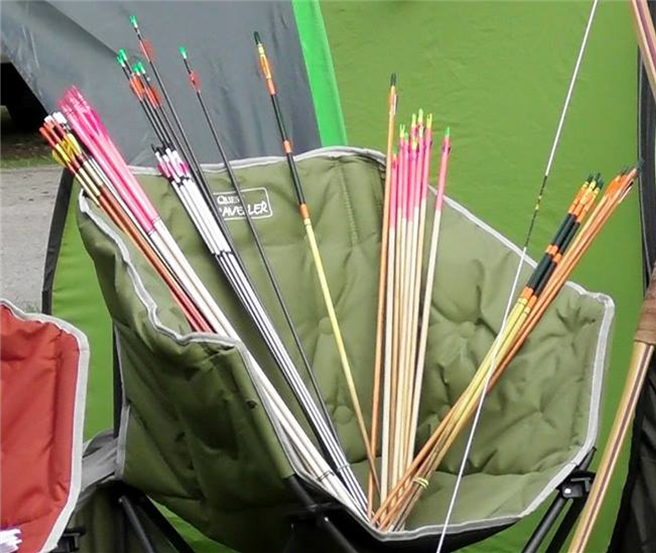
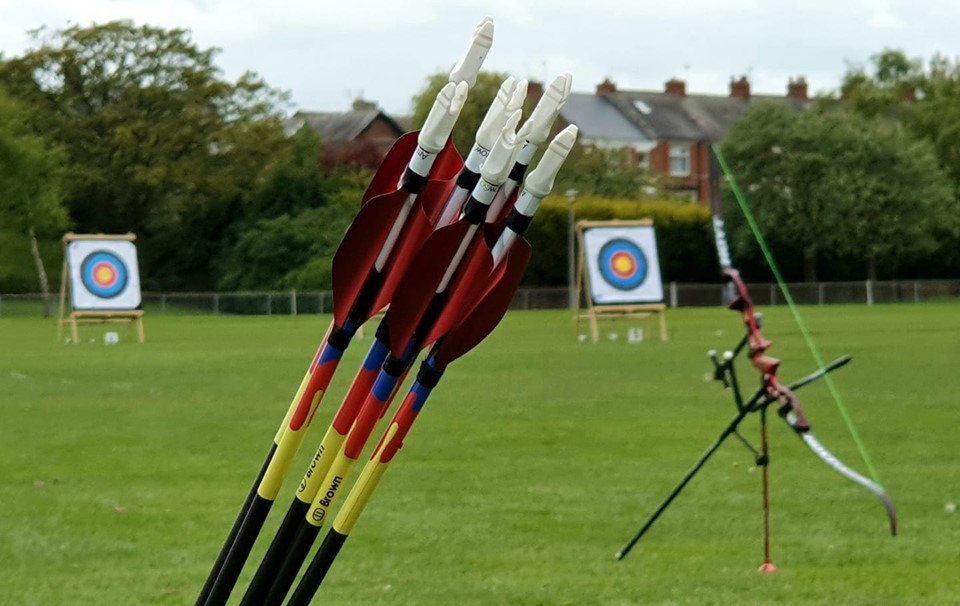

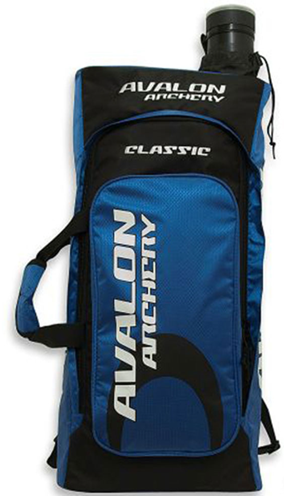
Archer’s Equipment
There are some items of equipment you will need to go with your bow and arrows. There are many options for each and it is mostly down to personal preference.
Bow Bag or Case
You will need something to store and transport your bow and arrows in. Backpacks are very popular but there are other options. Consider something with enough space to put all of your archery equipment in. It can be useful to have extra pockets or compartments.
Quiver
A quiver will hold your arrows while you are shooting and allows for easy, safe keeping when you collect them. It is also useful to hold other items such as your finger tab or glove, pen and other items you may need on the shooting line or at the target.
Arm Guard
We always advise you to get an arm guard. You may be advised on a particular type to suit the bow style you are shooting. Generally, for Longbow or Flatbow you are better to get a sturdy leather armguard. If you have difficulty rotating your elbow to give string clearance you may need a long arm guard to cover that area of your arm.
Finger Tab or Shooting Glove
Once you have decided on the bow style you want to shoot you will be advised of the type of finger tab or glove you will need. Generally, for Recurve Freestyle, Longbow or Flatbow you will need a split finger tab. Some have adjustable elements to achieve a good fit to your hand. For Barebow a 3 under tab is a good start. A glove can be used for either bow style but is less adaptable.
Bow stand
You will need something to rest your bow on when you are not shooting. There are different types to suit different bows, but many are multipurpose. Some have a removable spike to make them more suitable to both indoors and outdoors and fold quite small to fit easily into your case.
Bow Stringer
This is an important piece of equipment and is essential for the care of your bow. It ensures the pressure is applied to the correct parts of the bow to enable you to string and unstring it safely.
Brace Height Gauge
Also called a Bow Square, this is used to check your brace height, which you should do each time you shoot. Checking the brace height will ensure you are shooting within the optimum set up for your bow and limbs, and give you greater consistency.
